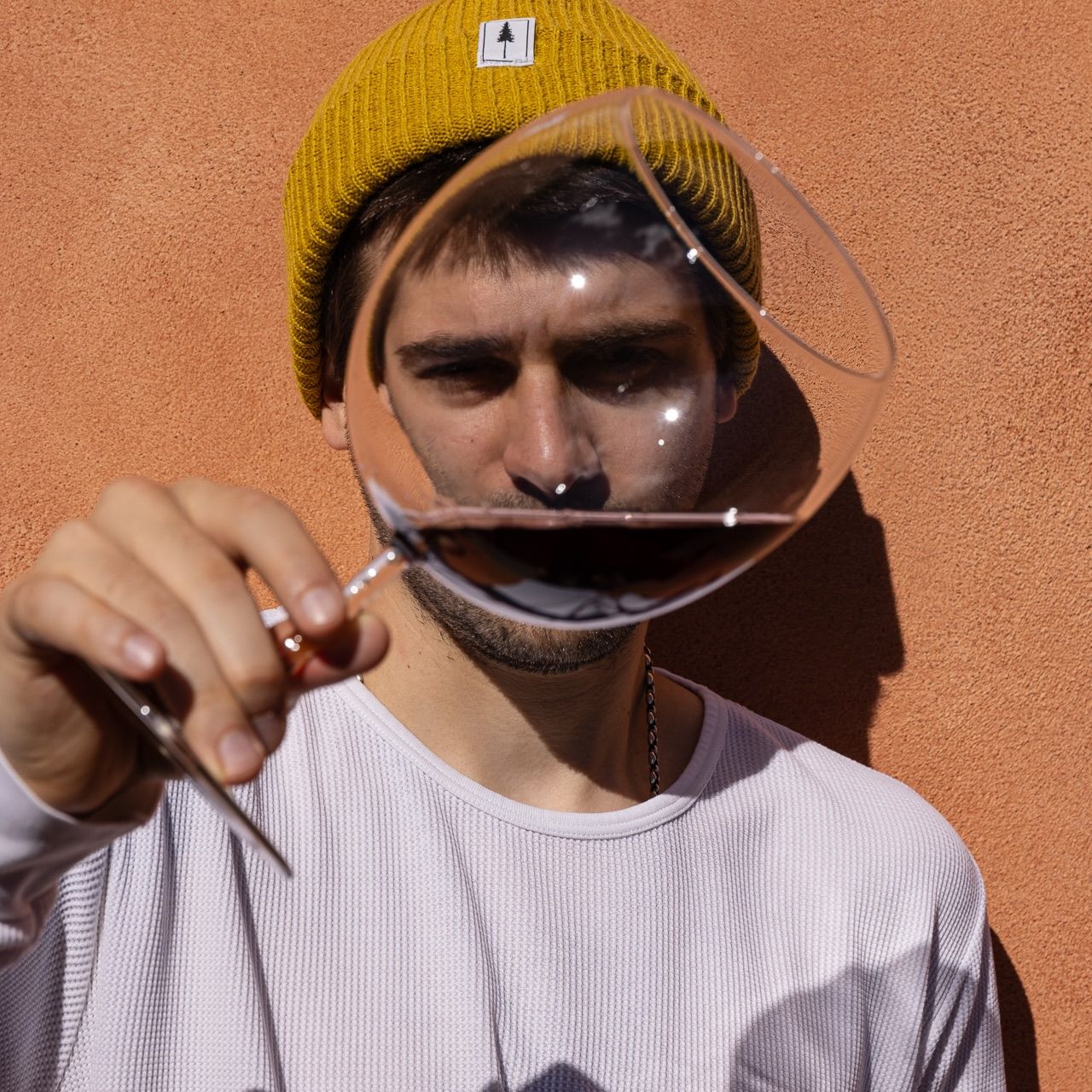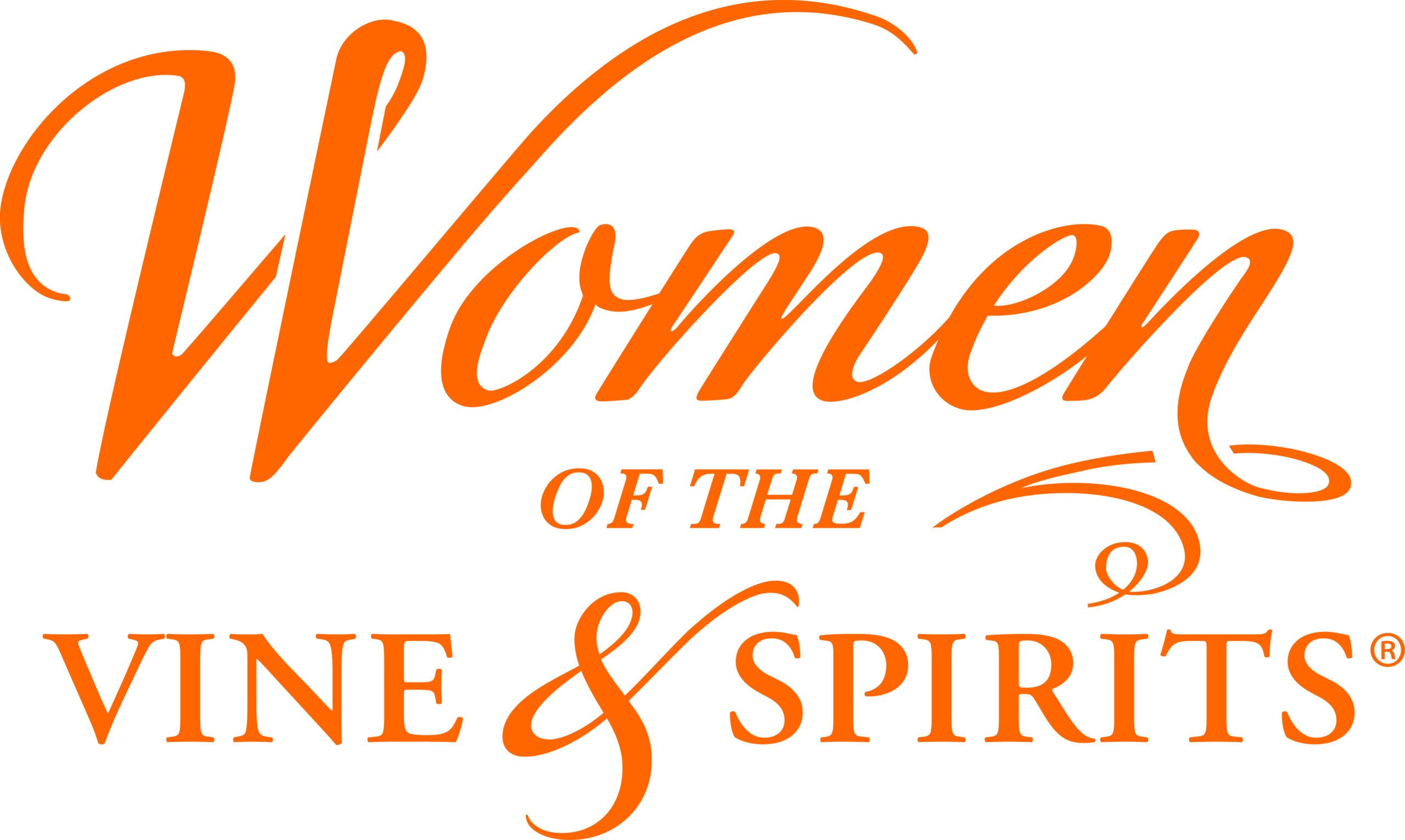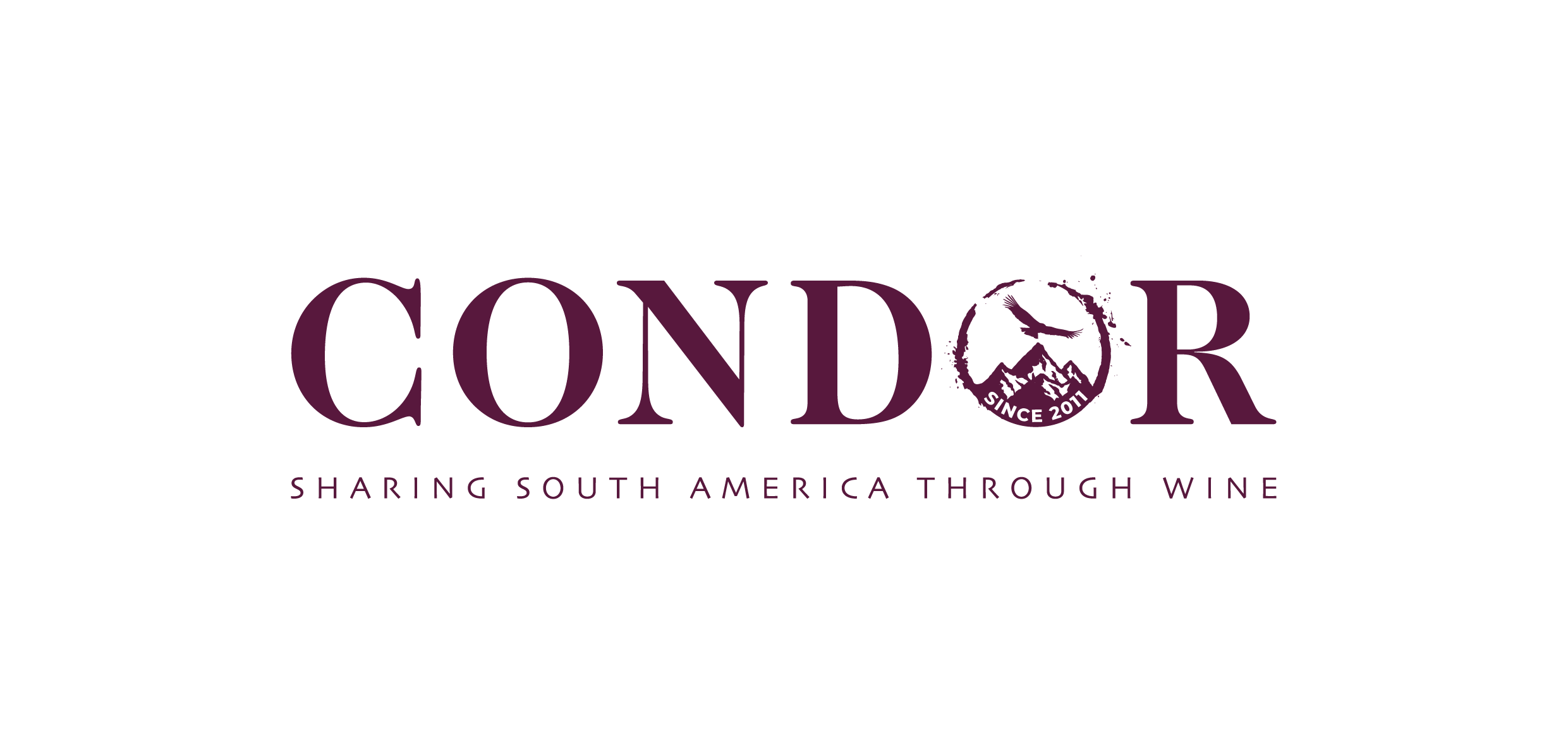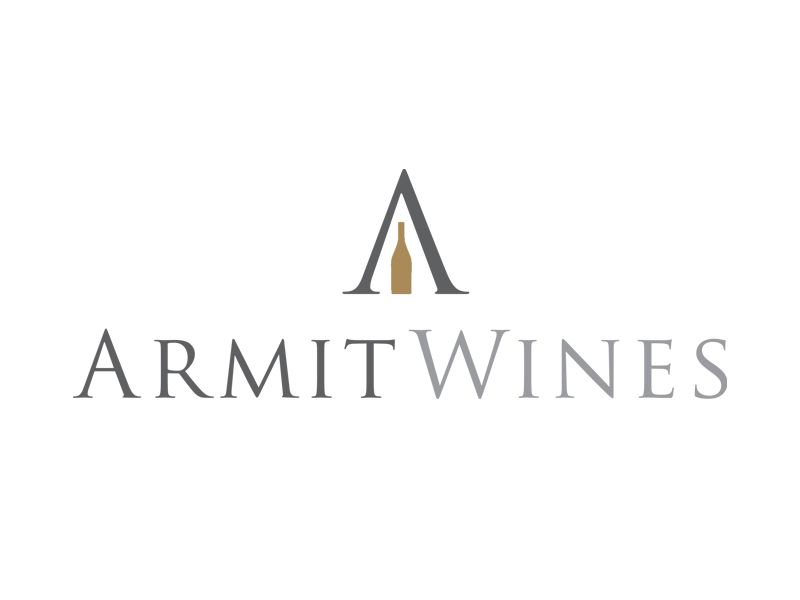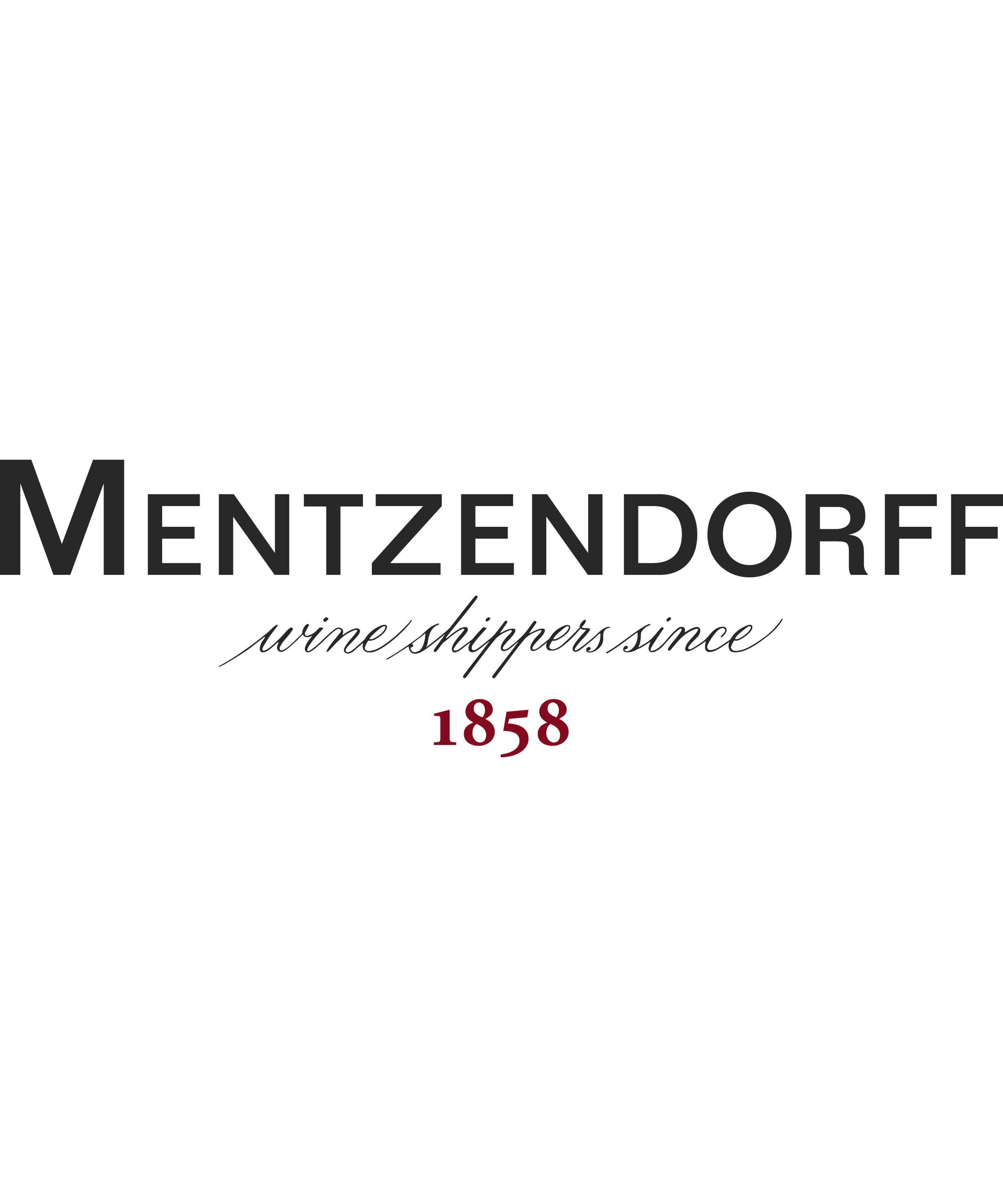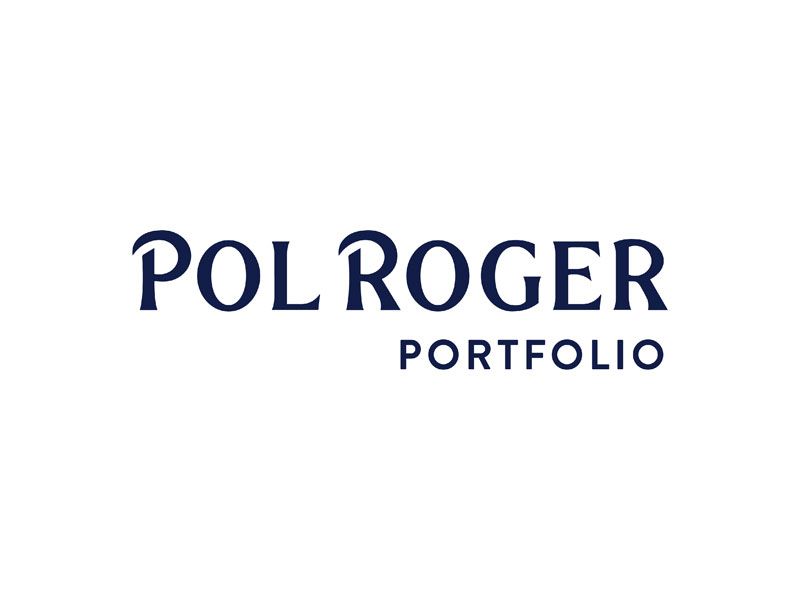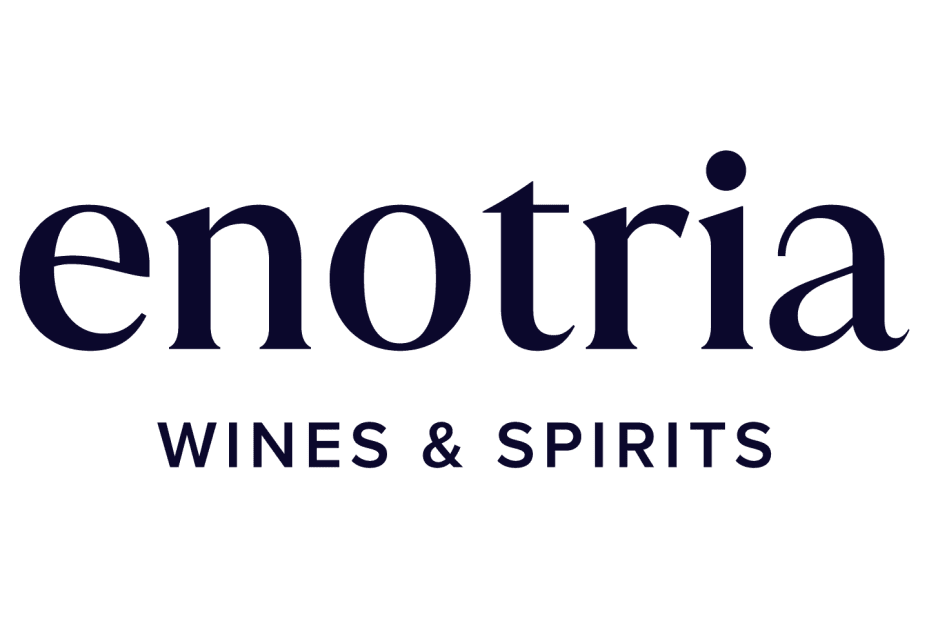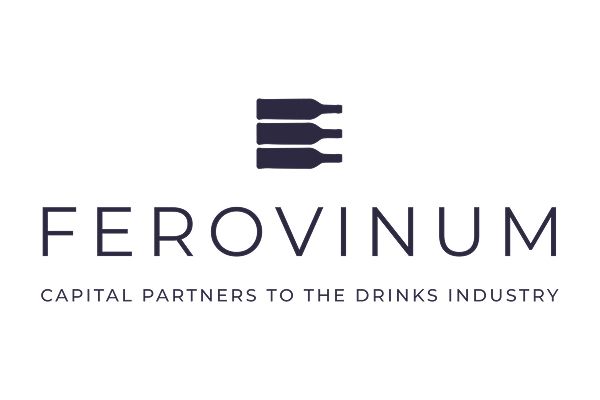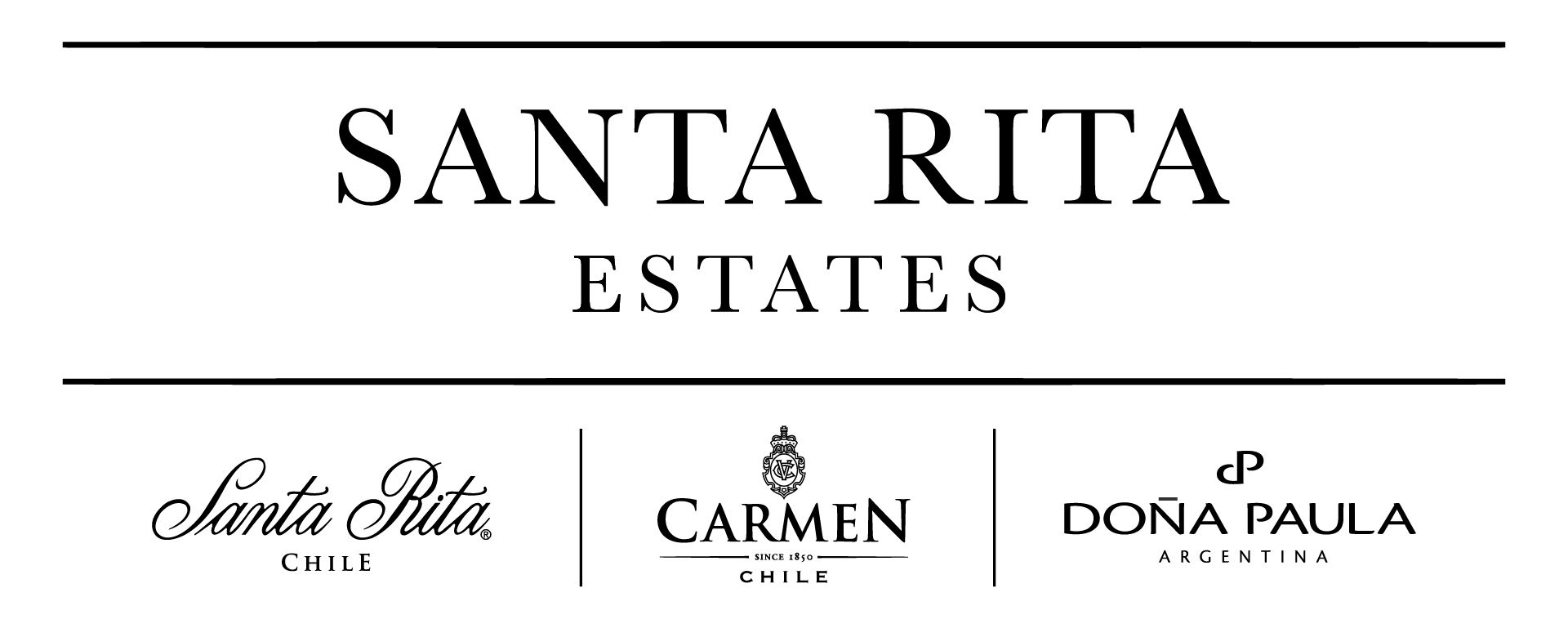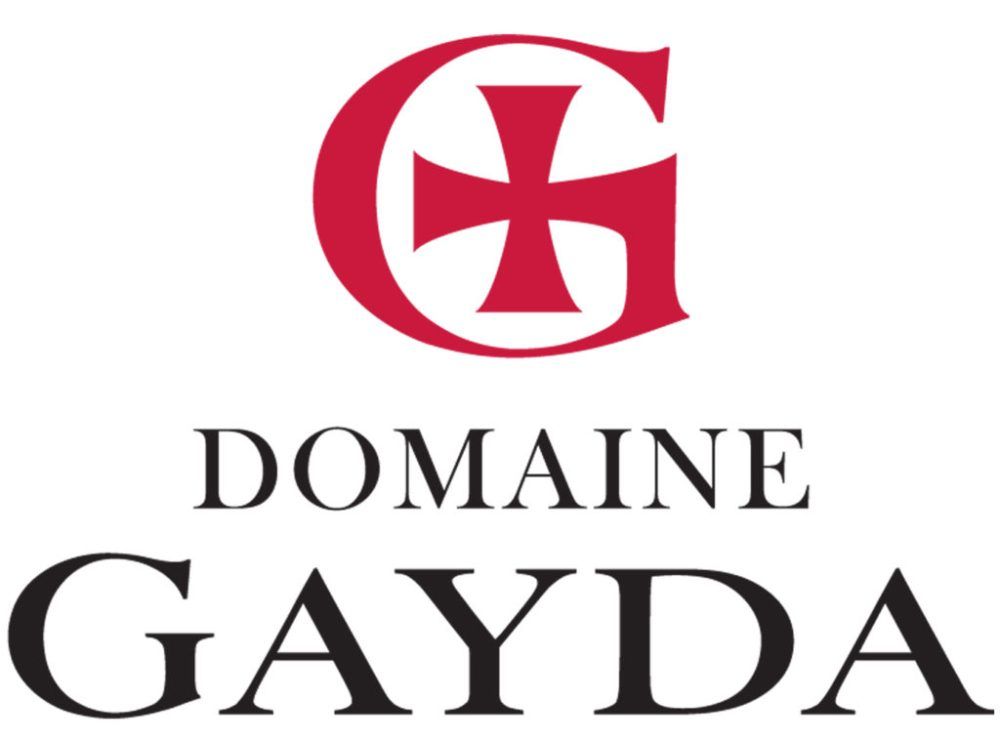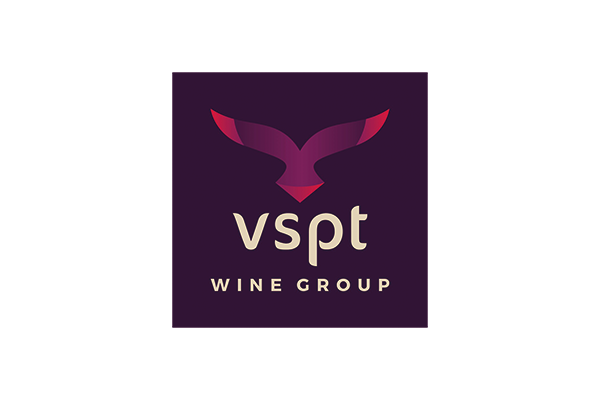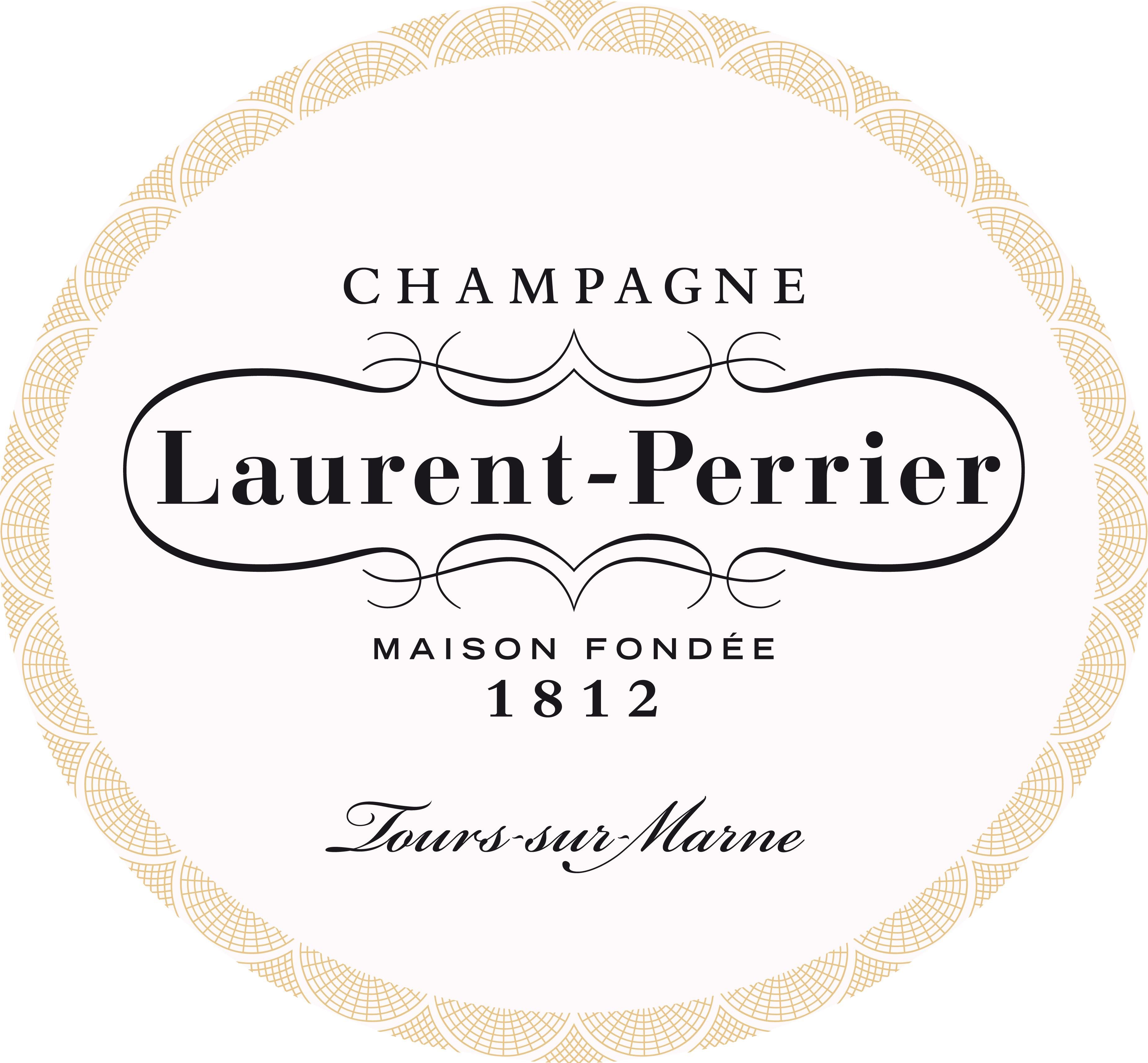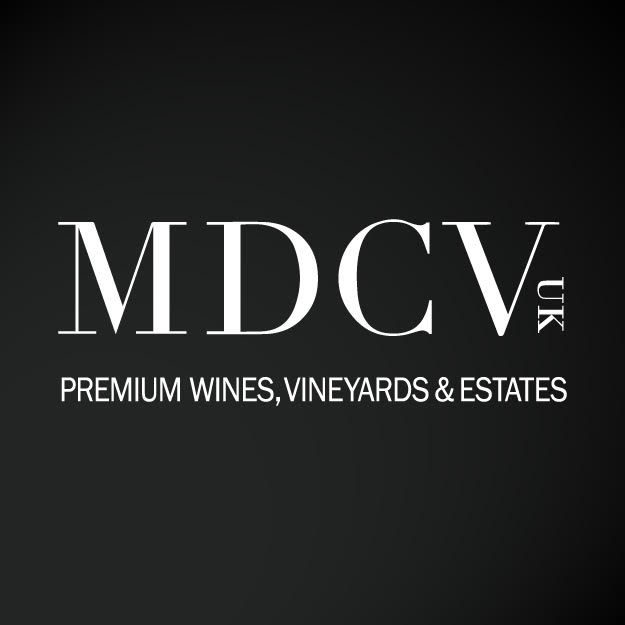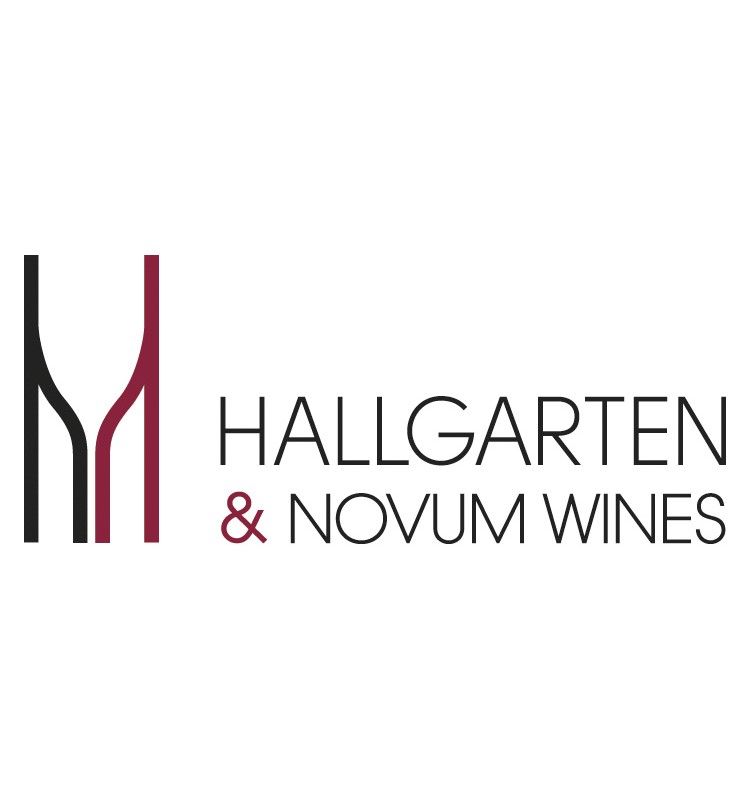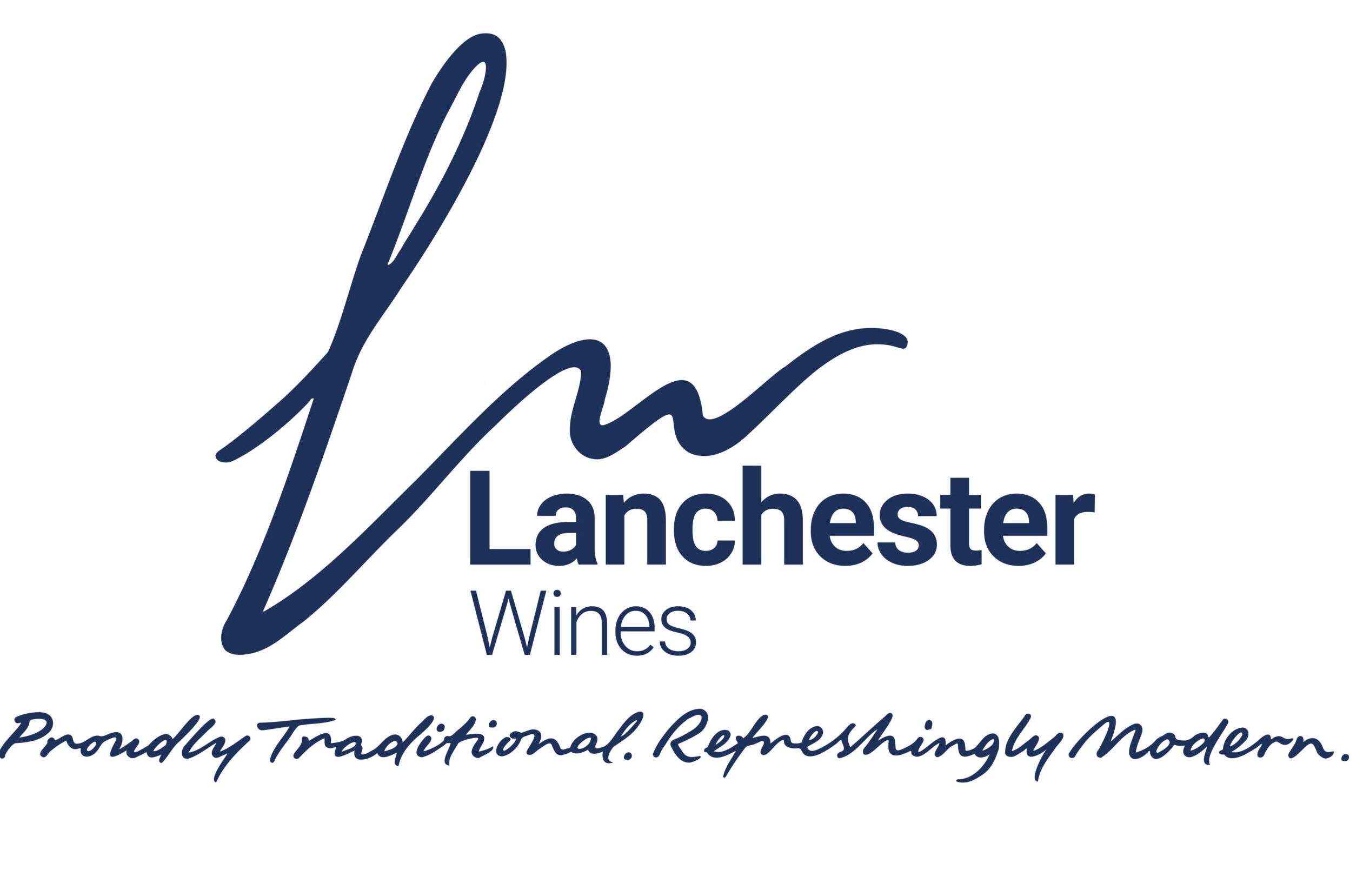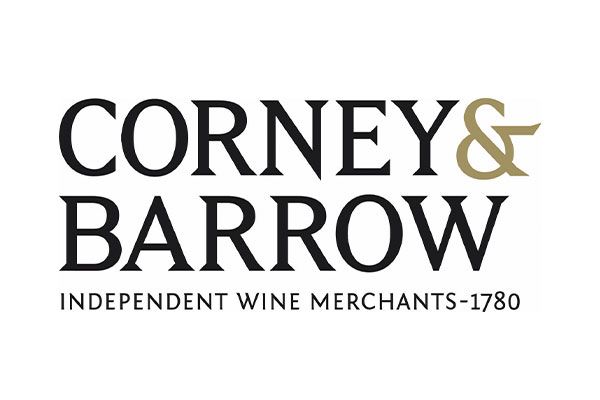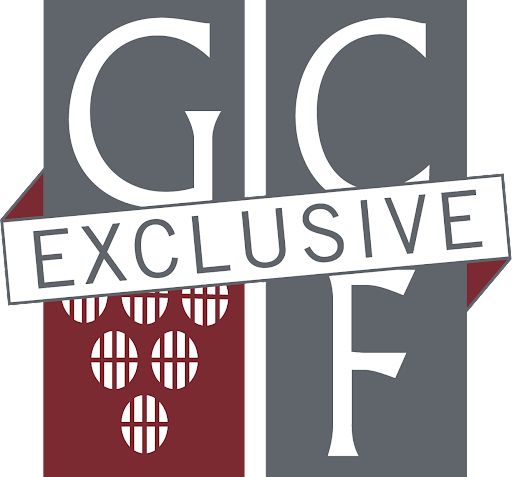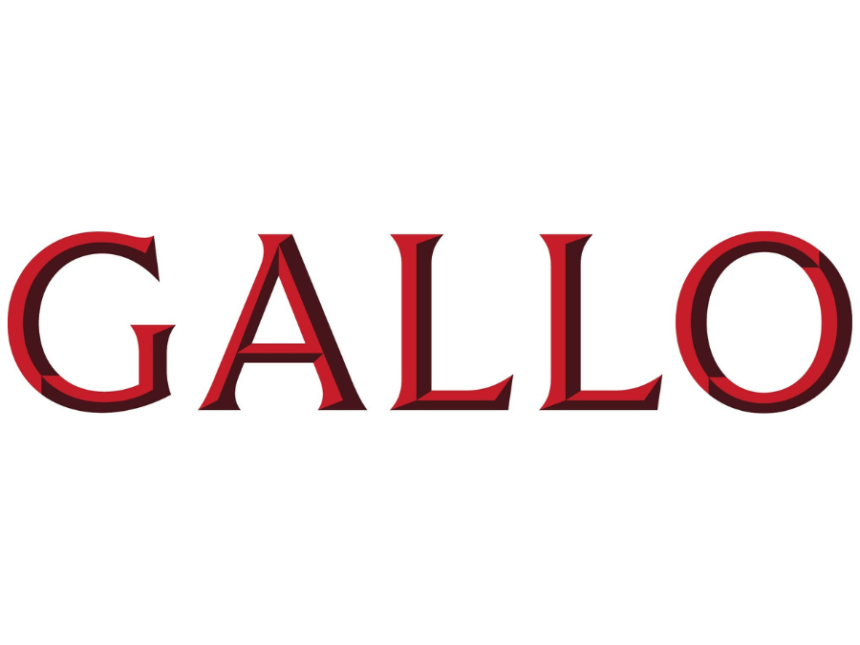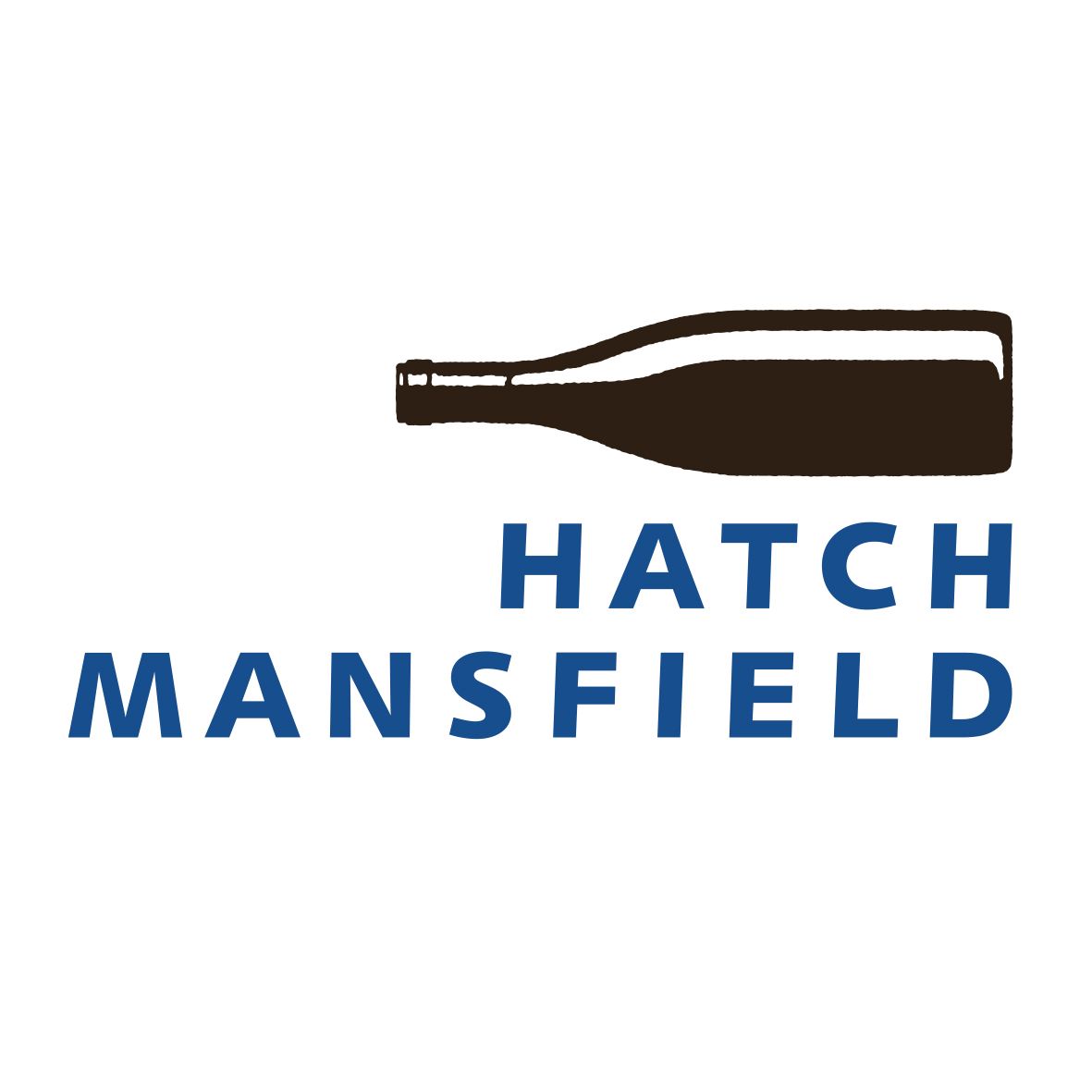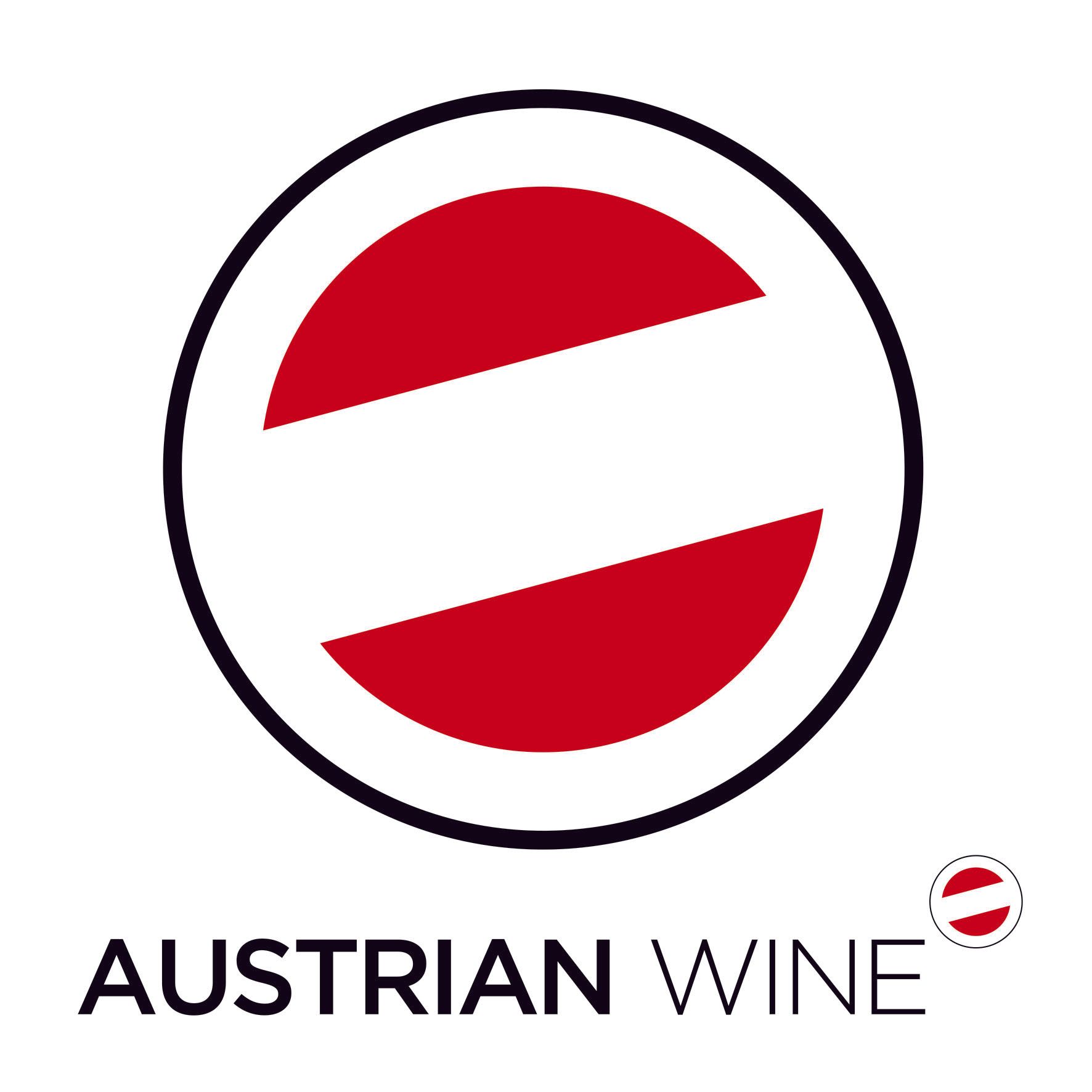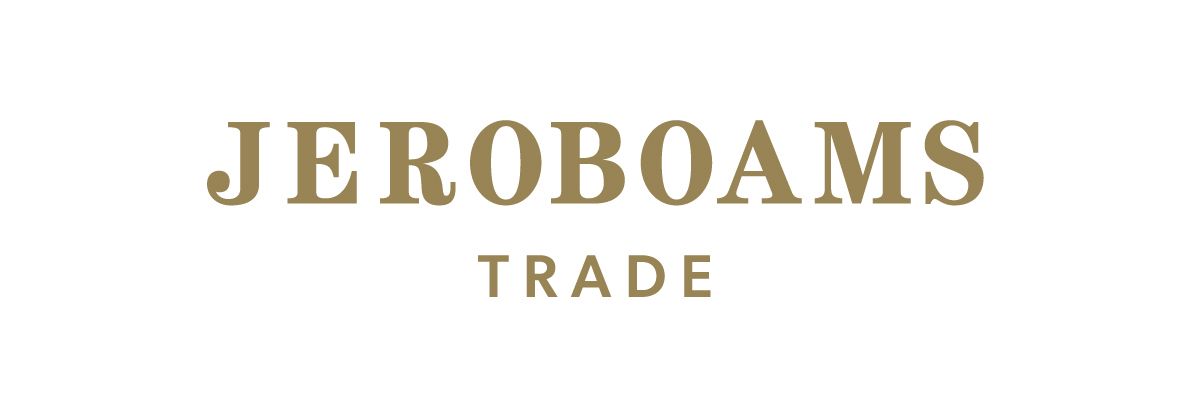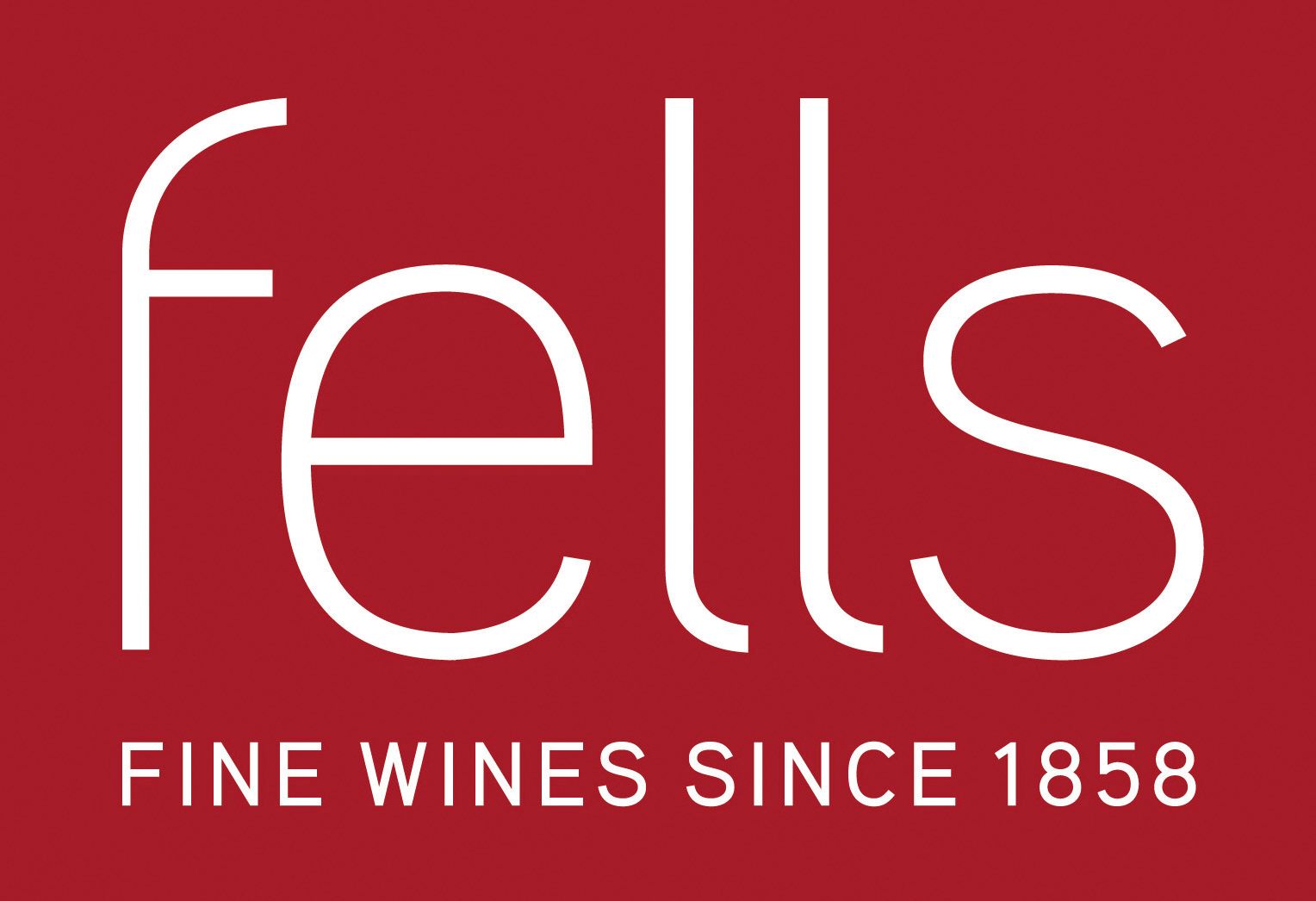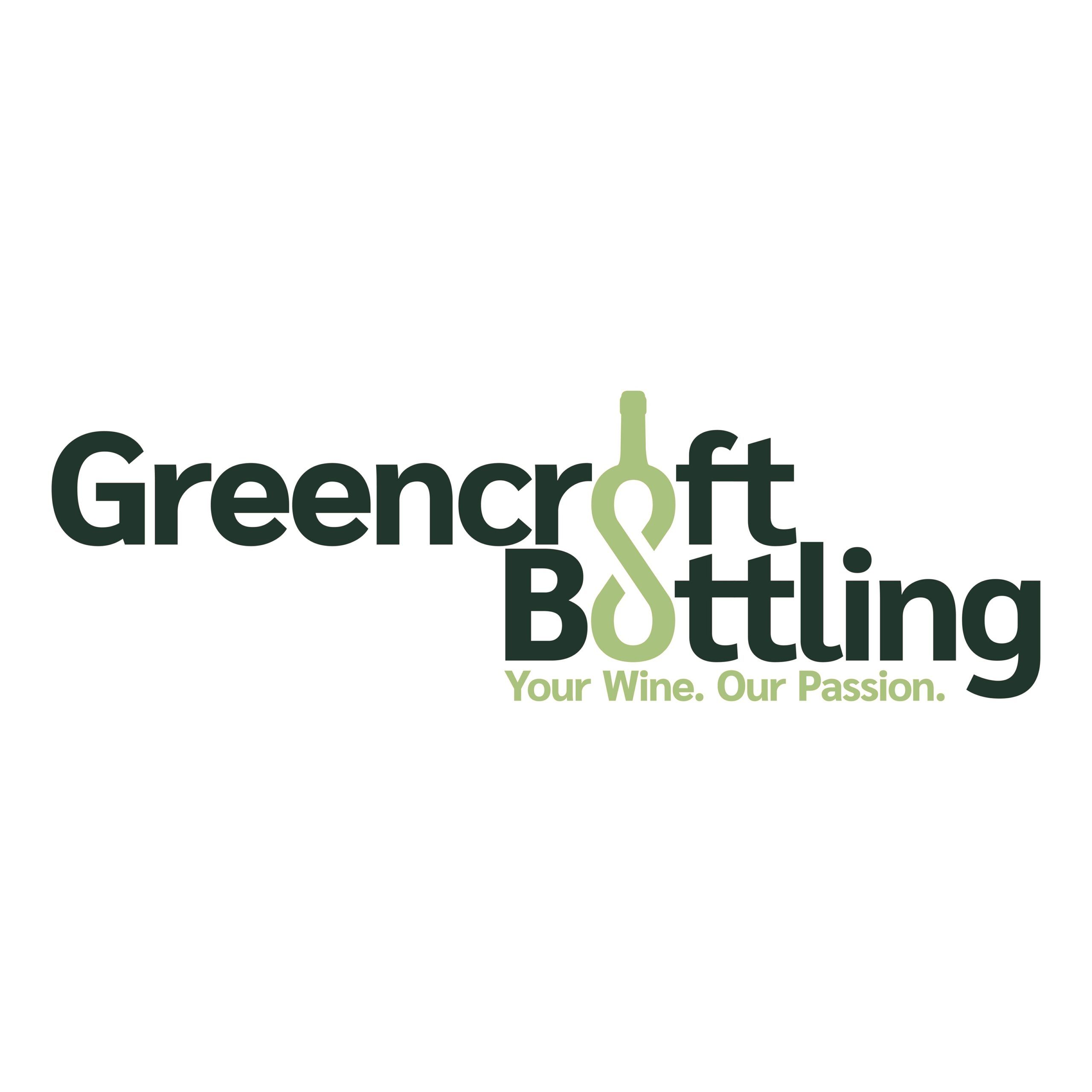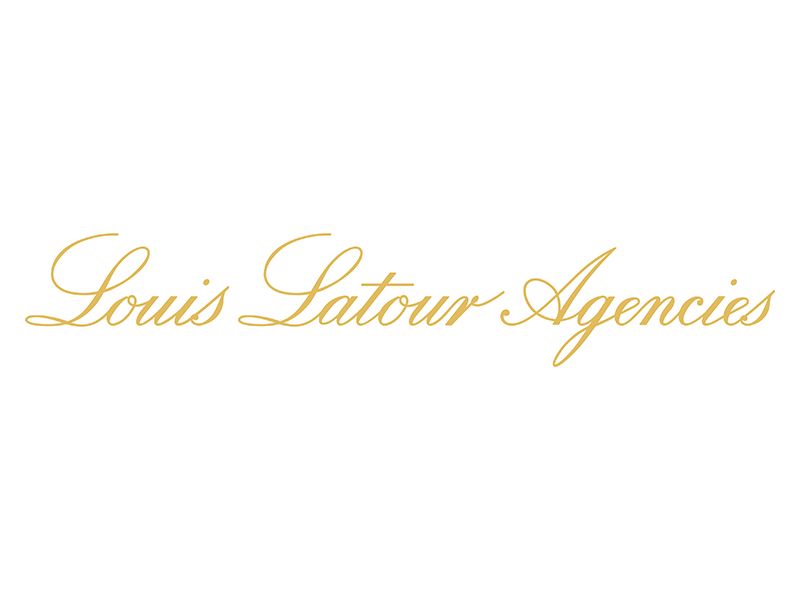As a European wine producer, there’s no denying that climate instability and declining consumer demand are major challenges. Chaotic rain patterns, floods and droughts make it harder to annually produce excellent vintages, with increasing grape yield and quality fluctuations.
Besides climate considerations, younger generations seem to be showing less interest in wine than ever. Studies show that Gen Z are rejecting the ‘elitist’ culture of wine drinking altogether, as many feel it stands in opposition with modern values like inclusivity, doesn’t meet their environmental sustainability standards, or goes against their health-conscious way of life.

Arsen Khachaturyants believes wine producers in classic European wine regions need to transform themselves if they are to prosper and be relevant to the next generation of wine drinkers
Even though it’s tempting to accept this as the inevitable decline of a centuries-old industry, I see it as an exciting opportunity to rethink how wine is grown, produced and shared.
That’s what smaller wine producers are doing across Tuscany and beyond; they’re experimenting with sustainable practices and finding ways to connect with new generations of drinkers. After all, the future of wine might not lie in clinging to tradition, but rather in transforming it on the land, in the bottle and through the stories told around it.
Can Europe’s wine heartlands beat the heat?
Wine consumption has been on a decades-long downturn, reaching a 60-year low in 2024. Sadly, it’s taken a toll on regions like Bordeaux in France and Rioja in Spain, to the point where Rioja is now considering removing some vineyards to avoid future excesses in supply.
Poor harvests linked to extreme weather conditions, including droughts, fires and flooding have been wreaking havoc on European wine businesses.Some even predict that these beloved regions could start to disappear.
But this kind of collapse is highly unlikely -at least not in the next 100 to 200 years -provided producers continue adopting more climate-resilient growing and harvesting methods. In Bordeaux, for example, many winemakers are already taking two major steps to ensure future yields.
First off, they have started adopting clones of existing grape varieties like Merlot, which are better at withstanding drought and heat while still producing sugar levels within a desirable range.
Secondly, they are considering integrating non-native grape varieties such as Fer Servadou, Duras, Manseng Noir, and Arinarnoa with traditional Bordeaux varieties like Merlot and Cabernet Sauvignon. This approach aims to create wines that can better withstand the effects of climate change while still maintaining the classic Bordeaux style.
Finally, there is a tendency to harvest their grapes earlier in the season to avoid adverse weather events damaging their crops. Unfortunately, this does come with tradeoffs, including the potential loss of complexity due to the immaturity of skin development, but for some vintages, it can be a practical and necessary adaptation.
Premium wine producers are coming out on top
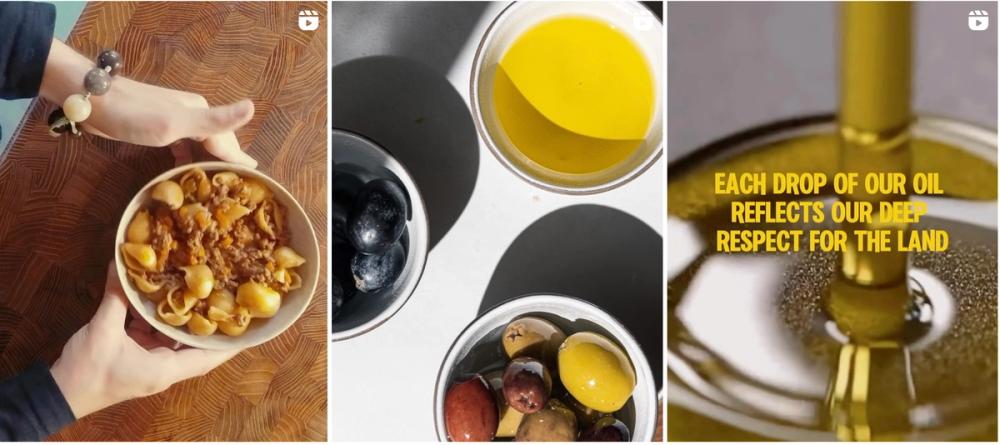
Arsen Khachaturyants uses Instagram to tell the story of Arsenio and the olive oils and wine it is making thanks to its dry farming techniques, respect of the land and through the food and lifestyle the enjoy on the farm
Despite the difficulties in the overall wine market we are seeing boutique and premium producers that work with higher profit margins have remained relatively unscathed.
As demand falls, price-focused wine brands can’t afford to drop their prices further to stay competitive. That’s where they lose out. But premium producers can still adjust prices and survive.
Boutique winemakers are also dealing with smaller volumes, so are more flexible and don’t rely on massive markets to sell their wine.
Large-scale producers also have a lot at stake — more workers, more machinery and more wine to sell. If one of their main markets drops, they need to find another one that can absorb tens of thousands of cases in a very short time frame.
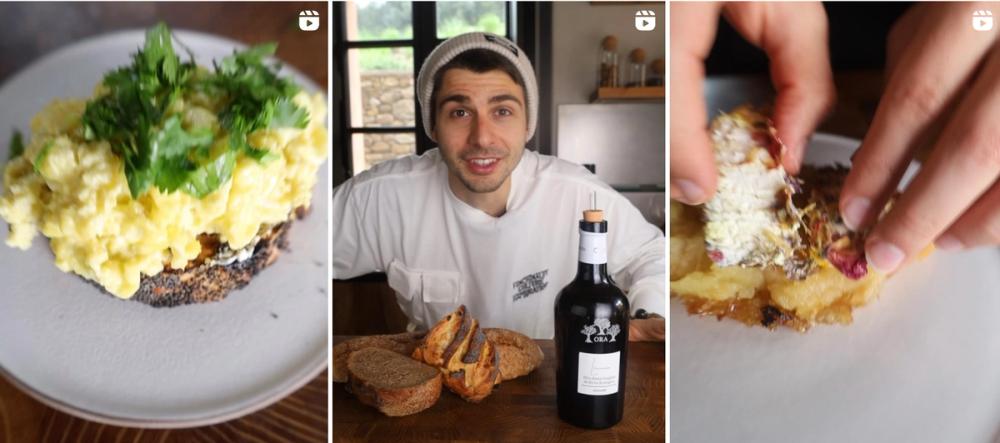
Small producers, on the other hand, can always find private buyers or niche markets to take 1,000 cases if necessary.
Large winemakers have much bigger marketing and PR budgets, and face bigger risks in terms of tariffs, logistical costs and market volatility.
But because boutique and premium producers operate in niche, highly targeted markets, they are leaner and therefore, more agile.
Smarter farming in a changing climate
At Arsenio Wines, we’ve chosen to work with dry farming. Although it brings some challenges in the given climatic conditions, our vines still thrive. However, results for other producers may vary depending on their soil and local climate, as well as the varietals they’re cultivating.
We focus on other sustainable growing practices to preserve water and reduce evapotranspiration rates. This includes cover crops, mulching and shade nets to protect vines against extreme weather.
Cover crops can improve soil water retention, prevent erosion and increase organic matter, while mulching like wooden chips or straw helps to lower soil temperatures and reduce overall evaporation.
We also make ample use of shading nets, which serve three important purposes: They protect against birds and insects that eat the grapes; reduce hail damage; and lastly offer protection from sunburn, which causes shrivelled grapes, resulting in bitter, burnt flavours in grapes.
Since we’re an organic wine farm, we’re limited in what we can spray our crops with, as well as how much we can spray. So we’re very strategic and only use sprays when absolutely necessary. All of these aspects help us to maintain grape quality despite the increasing heat and unpredictable weather.
How can the wine industry win over Gen Z?
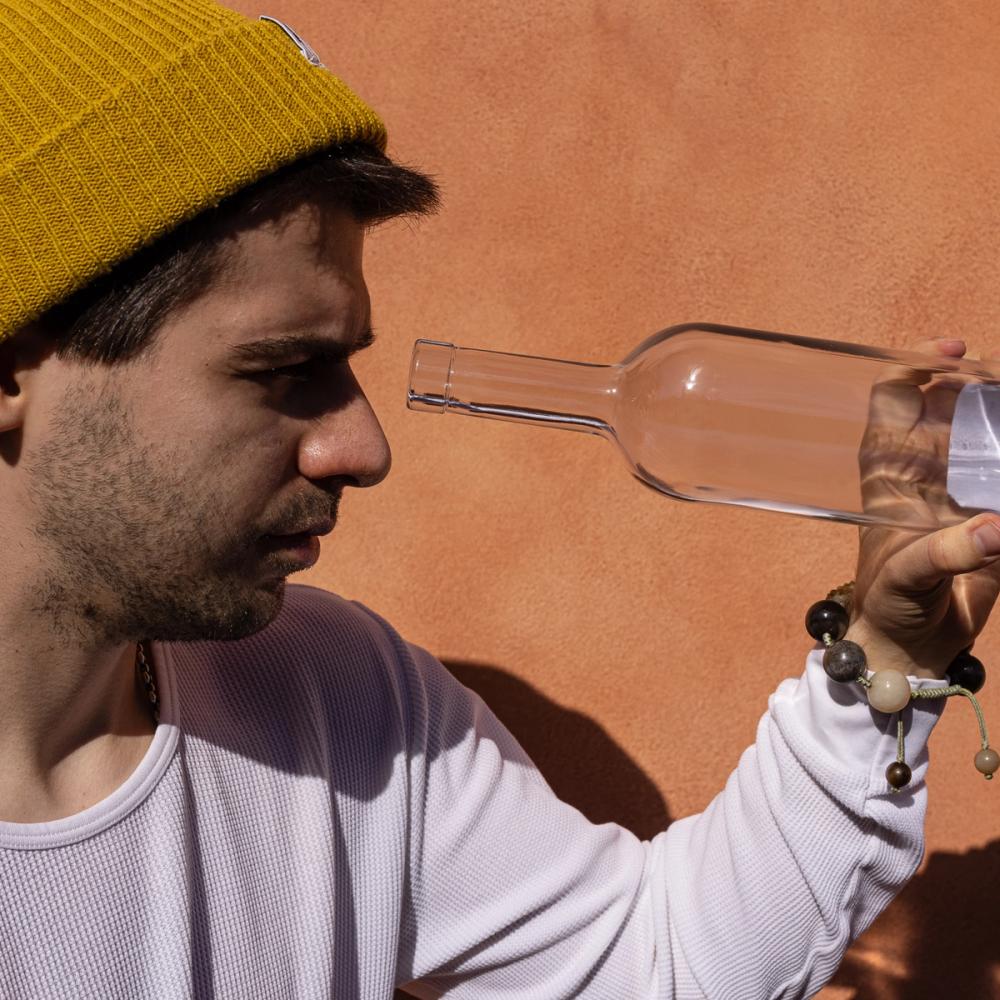
Wine producers need to take a different approach and look at wine the way Gen Z does where it is all about story telling, experiences and feeling welcome
The wine industry has always assumed its heritage and status would keep it relevant, so there’s been little investment in marketing to younger generations. Whisky, cocktails, spirits and champagne tend to steal the spotlight in films and TV shows these days, while wine has taken more of a backseat.
To win over Gen Z, wine needs to feature more in advertising, films and shows aimed at this age group, in order to make it aspirational and appealing again. Marketers should also show consumers that wine has history, uniqueness and status. There also must be more focus on making wine brands visually appealing and attention-grabbing, as the aesthetic element of brands is very important to image-conscious younger individuals.
Producers also need to take into account the values that matter to Gen Z, which include environmental sustainability, equality and inclusivity. A wine brand with a reputation for treating workers poorly or refusing to shift to more eco-friendly production methods is never going to gain loyalty or trust from such a socially- and environmentally-minded generation.
Younger people’s habits are also vastly different to those of the older generations, who have traditionally consumed wine. For example, Gen Z is drinking less than any other generation, with many choosing to be part of the sober-curious movement. If wine producers promote low-alcohol or alcohol-free wines, and consider adding nutritional information onto their wine labels, they are bound to catch the attention of this health-aware demographic.
Europe’s wine crisis isn’t the end of wine, but it’s the start of a necessary evolution. I believe the industry will not only survive but thrive if we embrace sustainability, adapt to shifting values and connect with younger generations. The future of wine lies in transformation, and not on tradition alone.
* You can find out more about Arsenio and what it is doing at its Instagram page here.
